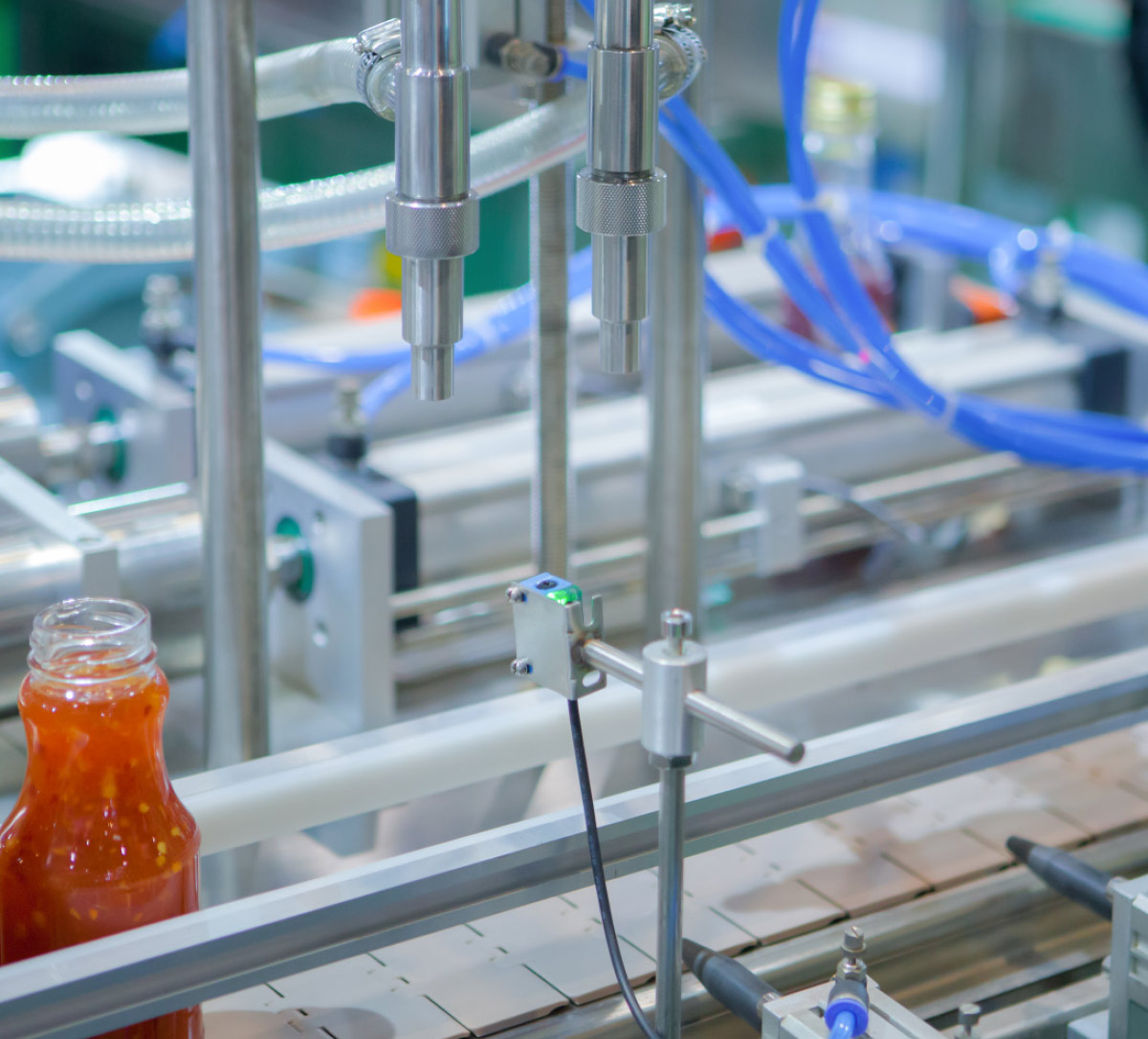A producer of fast food chicken nuggets had an issue with their conveyors and found a solution using performance plastics. In their plant, the conveyor system moves chicken nuggets through industrial fryers to cook, then moves them to cooling and packaging. The nuggets ride on top of conveyor components known as frying strips made from stainless steel. Each of the three conveyor systems at the production facility have 180 individual strips.
The customer was looking for an alternative solution to the stainless steel fryer strips. These parts had to be replaced frequently due to corrosion and jams during production. Every time a metal part failed, the entire production line had to stop so the maintenance team could replace it. Unplanned downtime threatened the plant’s ability to meet its quotas and frequently replacing these parts was costing the company money.
Polytetrafluoroethylene (PTFE) was selected to replace stainless steel in the fryer strips due to the high temperature environment and the need to have both FDA and NSF approval. PTFE can withstand temperatures greater than 550°F/288°C and is impervious to chemicals and corrosion.

A prototype was created for testing purposes. The customer ran the PTFE fryer strips on the conveyor during a planned maintenance cycle. After a successful test, they decided to implement the solution on all three conveyors.
The corrosion resistance and smooth operation of the PTFE conveyor components reduced unplanned downtime on the customer’s line. Rather than replacing a broken part on an ad hoc basis, as they had been with the stainless steel parts, they can replace the entire assembly during planned maintenance periods. This not only keeps production flowing, but it also simplifies maintenance.
In addition to the efficiencies gained as a result of the plastic parts, the PTFE fryer strips cost less than the stainless steel components. The solution was so successful that the customer implemented the PTFE strips at all its other frying locations.
To mitigate risk for the customer, their IAPD member partner keeps enough fryer strips for two full conveyors in inventory. The team monitors the customer’s usage to check for any adjustments that need to be made to the inventory levels or fabrication production.